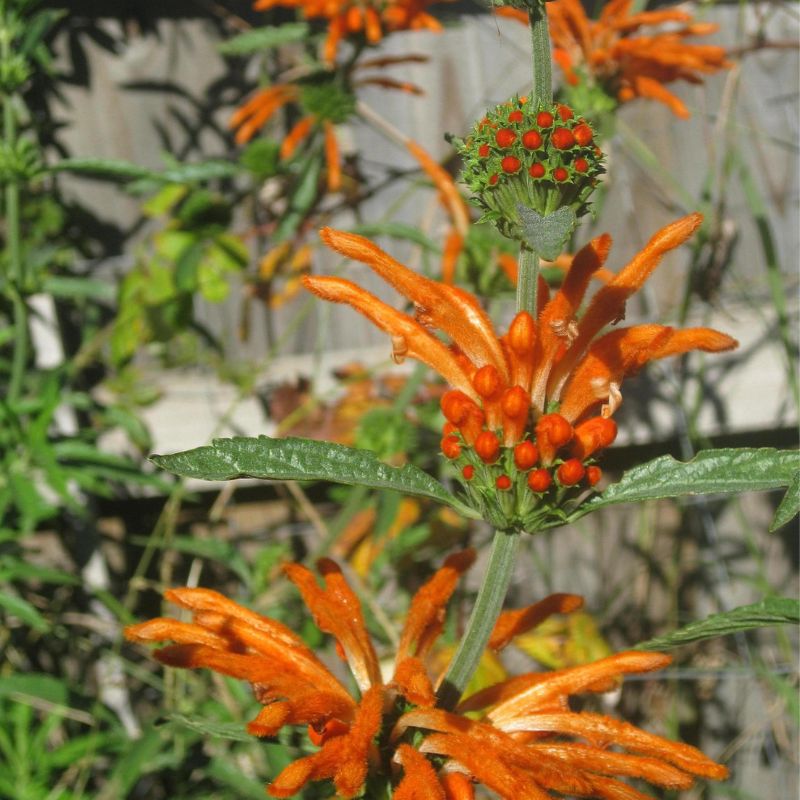- Historical context: Klip Dagga, also known as Leonotis nepetifolia, is a species of flowering plant in the mint family, Lamiaceae. It is native to tropical Africa and southern India.
- Geographical origination: The plant is native to tropical Africa and southern India.
- Relevant cultural significance: In traditional medicine, Klip Dagga has been used for various ailments such as fevers, coughs, dysentery, and snakebites.
- Time period of discovery: The exact time period of discovery is not well documented, but it has been used in traditional medicine for centuries.
- Original habitat: Klip Dagga thrives in tropical climates and is often found in open, disturbed areas such as roadsides and pastures.
- Notable historical uses: Historically, Klip Dagga has been used in traditional medicine for its antipyretic, antitussive, and antivenom properties.
- Ideal temperature range: Klip Dagga prefers a tropical climate and can tolerate temperatures up to 40°C.
- Soil type: It grows best in well-drained soil with a pH between 6.1 and 7.8.
- Sunlight requirements: The plant requires full sun to partial shade.
- Watering needs: Water regularly, but do not overwater. The plant is drought-tolerant once established.
- Planting season: Seeds can be sown in the spring after the last frost.
- Germination time: Seeds typically germinate in 2-3 weeks.
- Growth cycle duration: Klip Dagga is a perennial plant and can flower year-round in suitable climates.
- Common pests and diseases: The plant is relatively disease and pest resistant, but watch out for common garden pests such as aphids and caterpillars.
- Companion planting advice: Klip Dagga can be planted with other sun-loving, drought-tolerant plants.
- Common challenges and solutions: Overwatering can lead to root rot. If the plant is not flowering, it may not be getting enough sunlight.
- Nutritional values: While not typically consumed for its nutritional value, Klip Dagga leaves are rich in vitamin C.
- Health benefits: The plant has been used in traditional medicine for its antipyretic, antitussive, and antivenom properties.
- Culinary uses: The leaves can be used as a tea or herb in cooking.
- Medicinal uses: In traditional medicine, Klip Dagga has been used to treat fevers, coughs, dysentery, and snakebites.
- Other unique advantages: The plant is also known for its ornamental value due to its bright orange flowers.






